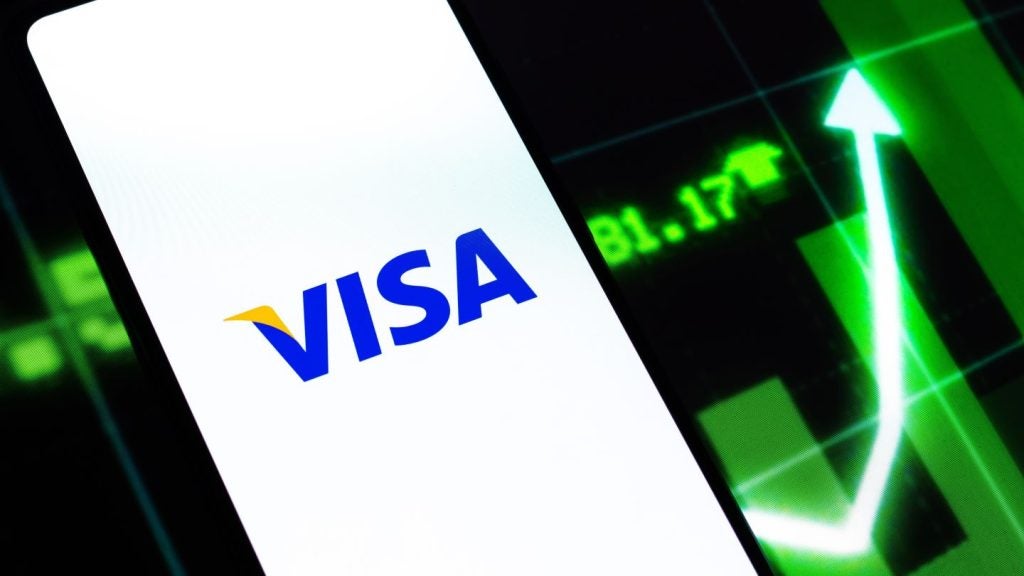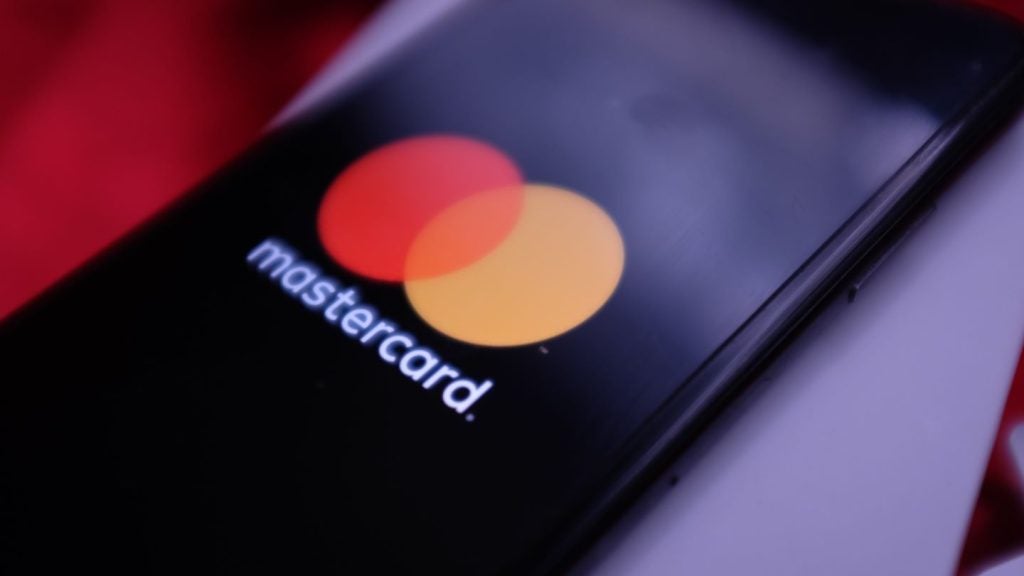The dramatic and sudden share price decline of Afterpay, Australia’s premier buy now, pay later (BNPL) brand, highlights the damaging impact of COVID-19 on the BNPL business model and the potentially long-lasting ramifications.
Back in late October 2019, Afterpay had just signed up with Marks & Spencer, one of the largest retailers in the UK, to offer BNPL services. During the very same month, Afterpay appointed former US Treasury secretary Larry Summers on its newly formed US advisory board. Although Afterpay would not reveal how much it offered Summers or other members of the US board – this is an indication that things were going smoothly for the Australian BNPL service provider.
Fast-forward a few months to February 2020 and things started to take a very different turn for Afterpay. The spread of COVID-19 around the world ignited a series of uncertainties, making it very difficult for BNPL specialists to operate.
As consumers cut back on non-essential spending, economies around the world will take a major hit. This will not just be a temporary hit but rather the beginning of a long-term economic downturn of which the likes of Afterpay will suffer as a result.
Afterpay share price
At market close on March 23, Afterpay’s share was just A$8.90, representing a fall of almost 80% from its 52-week high of A$41.10, and an equally severe drop from the A$40.50, recorded no less than a month ago. The closing price on April 1 had recovered to A$20.66, though this was still merely half of the price before the COVID-19 crisis. . The same goes for ZipPay, whose stock price also dropped almost 80% during the same timeframe, while the ASX had only lost about 38% of its index.
As the world deals with the current COVID-19 pandemic, it is leading us into a time of uncertainty and driving a major shift in consumer buying behavior that will greatly influence the business of BNPL providers. Investors are obviously not confident in the retail segment, prompting them to dump their holdings of Afterpay and ZipPay. While supermarkets around the world are having their shelves cleared out due to panic buying, consumers are not rushing to buy the latest electronic gadgets or sneakers, for which BNPL services are mainly used.

US Tariffs are shifting - will you react or anticipate?
Don’t let policy changes catch you off guard. Stay proactive with real-time data and expert analysis.
By GlobalDataEven after the containment of the COVID-19 virus, the economic implications – from recessions to people losing jobs due to government-mandated lockdowns – will be a detriment to the near- to mid-term performances for any BNPL providers around the world.









